
Salty Sam’s Fun Blog for Children
Number 237
Emily’s Plants
Hello Everyone

Emily was at Auntie Alice’s cottage the other day and commented on how many books she had on her shelves.
Emily said that she didn’t have that many and she had quite a lot of empty shelf space in her bedroom.
Auntie Alice told her that there were lots of things that people put on their shelves besides books. Sometimes they put ornaments and plants on their shelves too.
Auntie Alice said that she could give Emily some plants for her bedroom.
She could put them on her shelves and make a sort of indoor garden.
All plants, of course, originally grew outside. But some of them are happy living in our modern homes and we now call them house plants.
lt may seem strange to you, but different house plants have been very in fashion at certain times in history.
Aspidistras were very popular in Victorian times, for example.
People have always brought greenery inside, just like we now do at Christmas, because plants have a good effect on people psychologically (pronounced sigh-k-ow-logic-lee) – that means they make people happier.
And we now know that plants help to purify the air so they are good to have for that reason as well.
A lot of the house plants we have nowadays come from tropical regions. They like the warmth of our houses but would never survive in the garden over the winter.
These plants were first brought back to Britain from all over the world by people called plant hunters.
Auntie Alice told Emily that she would have to look after her plants very carefully and then they should live for many years to come – unlike a bunch of flowers which only looks nice for a few days.
House plants need to be planted in the right size pot and have the right sort of compost to live in. You can see which plant compost is suitable for your plant if you read the writing on the bags in the shop or nursery that you go to for your garden supplies.
Then you need to water your plants whenever they need watering. Some need water every week and some less often. You can overwater house plants if you are not careful.
The easiest way to check if your house plant needs watering is to feel the surface of the soil with your finger. lf it feels very dry and rough, it probably needs water. Some plants even seem to look paler when they need water.
Sometimes your plants will need feeding as well because there is only so much food in the compost for them to eat. Very often they only need feeding in the summer because some plants like to have a bit of a rest in the winter.
So Auntie Alice said that she would find some plants for Emily that would be really easy for her to look after.
What was more she could get them for free.
The first plant she selected for Emily was called a spider plant. lt had light green leaves with a white stripe running down the centre. Emily thought it was lovely.
They sprout babies on a long stalk that comes out of the plant and then hangs down. Auntie Alice said that Emily could have one of the babies to take home and one day when the plant was bigger it would sprout more babies too.
Then she found Emily two more plants that could be grown from cuttings. One was called an ivy and one was called a kangaroo vine. They both had really pretty-shaped leaves.
She said that the ivy would hang down from the shelves when it was bigger but the vine would eventually need a support – this just needed to be a little stick or cane.
Auntie Alice found three flower pots and filled them with potting compost suitable for the three plants. Then she found three clear, plastic pots that had had salads in them, bought from the supermarket.
She put the pots into a carrier bag for Emily to carry home.
She told Emily that when she watered the plants she would be able to see when the water was coming out of the bottom of the plant pot through the clear sides of the plastic pot – so then she should stop putting it into the top of the plant pot.
She said that you should always be very careful that when you water plants, the water should not splash onto books or electrical equipment.
Then she filled a jam jar half way to the top with water and put the baby spider plant and cuttings into it.
She told Emily to put the jam jar onto her window sill and when roots had sprouted to about 5cm long she could plant her new house plants into their plant pots.
Emily asked if she should use a ruler to measure the roots but Auntie Alice said that she didn’t have to worry about being that accurate – she could just decide when the roots were long enough by looking at them.
So Emily carried her jam jar home with great care.
Emily thinks that the plants will look ever so pretty in her room and promised Auntie Alice that she would look after them carefully.
Do you keep house plants in your room?
Bye bye everyone – don’t forget to subscribe to my blog!
lf you like my blog, please support it by telling all your friends and followers about it.
Thank you!
And see you again next Fun Friday!
Love and kisses
Salty Sam

www.christina-sinclair.com

![]()
Bill and Bob’s Joke of the Week![]()
![]()
Bob: What do you call a woman who climbs up walls?
Bill: lvy

Salty Sam © Christina Sinclair 2015
Unauthorized use and/or duplication of material from this blog without express and written permission from this blog’s author and owner is strictly prohibited.
Links may be used to www.christina-sinclair.com

Picture Gallery
 Aspidistra
Aspidistra
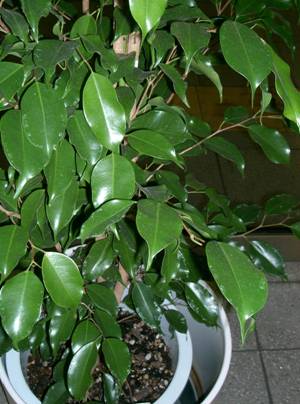 Ficus
Ficus
Popular in offices because it grows very big
 Spider plant
Spider plant
 Ivy
Ivy
 Kangaroo vine
Kangaroo vine
![]()

 THE SALTY SAM NEWS DESK
THE SALTY SAM NEWS DESK

Not to be outdone, Bill Bob decided to start their own plant collection, but they wanted to have cacti in their bedroom.
Their mum said that they had to be careful of them because the spines can be very uncomfortable if they get into your skin.
Luckily, Auntie Alice had some cacti on her window sills and she broke a few little bits off to give them.
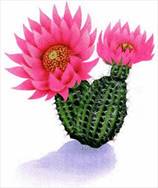
She told them to put the tiny pieces of cacti straight onto the soil in their pots and they should root themselves. They could use gardening gloves (not woollen gloves) to cover their hands or handle the cuttings with tongs to get them the right way up.
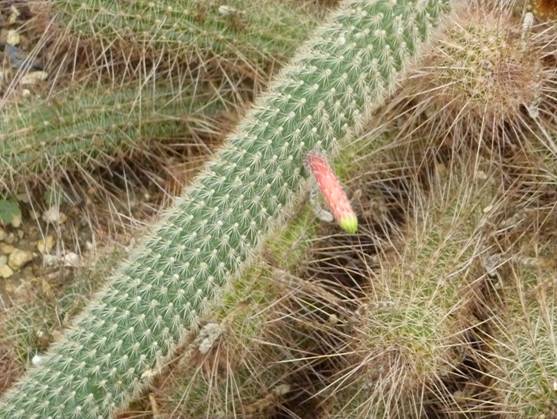 Little pieces of cactus can throw of roots when they are planted
Little pieces of cactus can throw of roots when they are planted
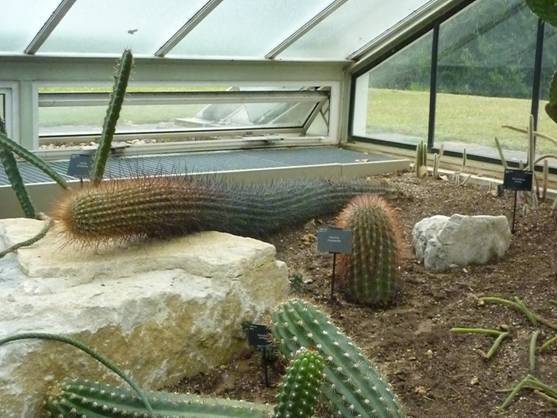 This cactus is growing along the ground
This cactus is growing along the ground
She told them to start them off in tiny pots filled with special cactus compost.
They would need sunshine and fresh air and more water in the summer than the winter.
They did not want to be sitting in wet soil for long periods of time but otherwise they were quite easy to look after.

With autumn on is way it is nice to know that you can have plants growing in your house all year round.
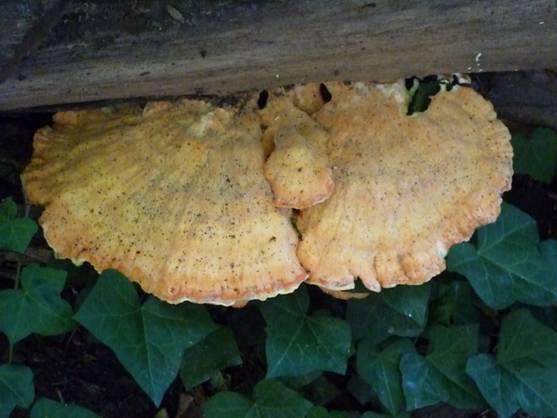 Autumn fungus
Autumn fungus

*********************
TO ADVERTISE ON THIS BLOG
PLEASE CONTACT:
christina.sinclair.ads@aol.co.uk
*********************


Hobby Time
Actually there are lots of house plants you can create from cuttings.

coleus
You can also try rooting the leaves of an African violet, a bizzy lizzie, a polka dot plant and a coleus by just putting cuttings in jars of water.

Remember to take the lower leaves off and just leave the top few leaves on.
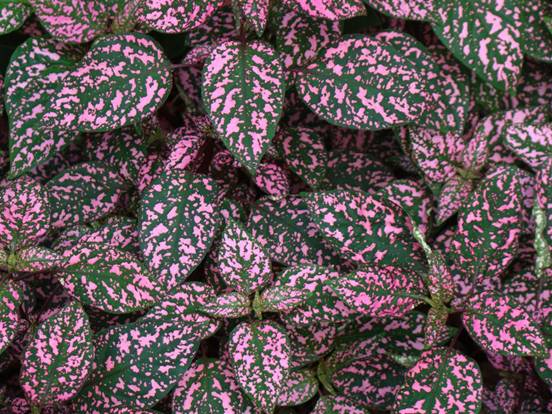
A polka dot plant has more colour if it has more sunlight falling on it.


![]()
lt’s the Weekend!
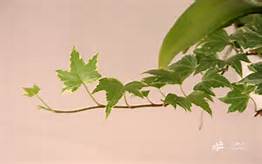
HOW TO MAKE A MULTl-COLOURED LONG CARDlGAN AND SCARF
FOR A 12” DOLL
This outfit is perfect for an autumn walk and matches well with the accessories from Blog Post 224.
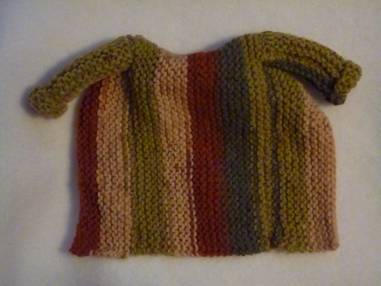
CARDIGAN BACK (KNIT ONE)
Using 4mm knitting needles and dk rainbow yarn cast on 36 stitches
Knit 40 rows of garter stitch
Cast off
CARDIGAN FRONTS (KNIT TWO)
Using 4mm knitting needles and dk rainbow yarn cast on 36 stitches
Knit 16 rows of garter stitch
Cast off
CARDIGAN SLEEVES (KNIT TWO)
Using 4mm knitting needles and dk rainbow yarn cast on 17 stitches
Knit 24 rows of garter stitch
Cast off

TO MAKE UP
Using over-sew stitching and with right sides together
Sew shoulder seams
Sew the top of the sleeves to the shoulders
Sew side and under arm seams
Turn the garment right sides out
Turn back cuffs
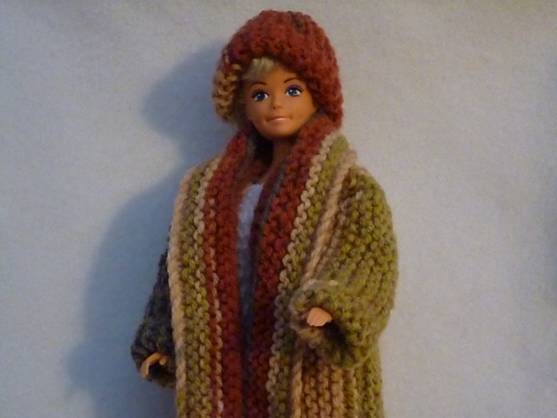
SCARF (KNIT ONE)
Using 4mm knitting needles and dk yarn cast on 80 stitches
Knit 8 rows of garter stitch
Cast off
Neaten the ends of the yarn by threading them through the end edges of the scarf
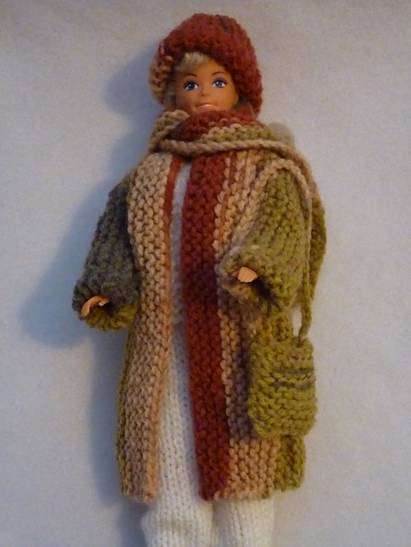


Please note that the material on this blog is for personal use and for use in classrooms only.
It is a copyright infringement and, therefore, illegal under international law to sell items made with these patterns.
Use of the toys and projects is at your own risk.
©Christina Sinclair Designs 2015
![]()
A lot of plants that we know as house plants
grow outside in tropical countries







Good post. I certainly love this site. Continue the good work!
l am glad you like my blog. Thank you for writing in.